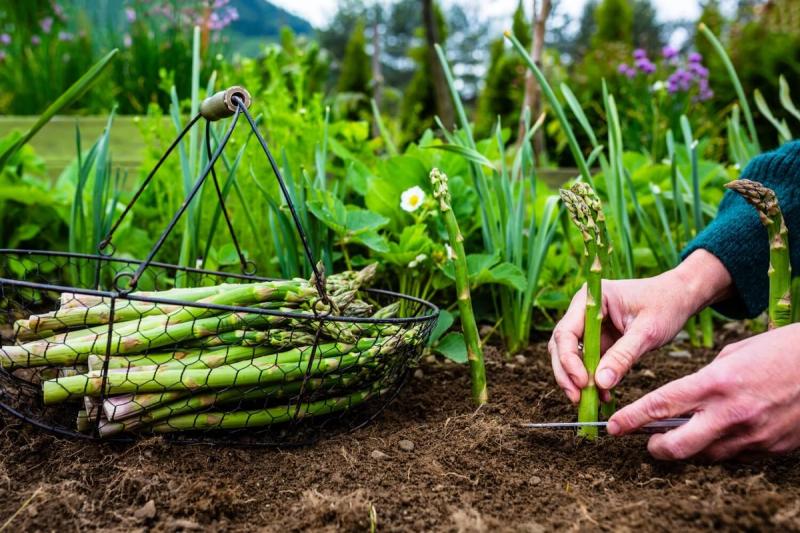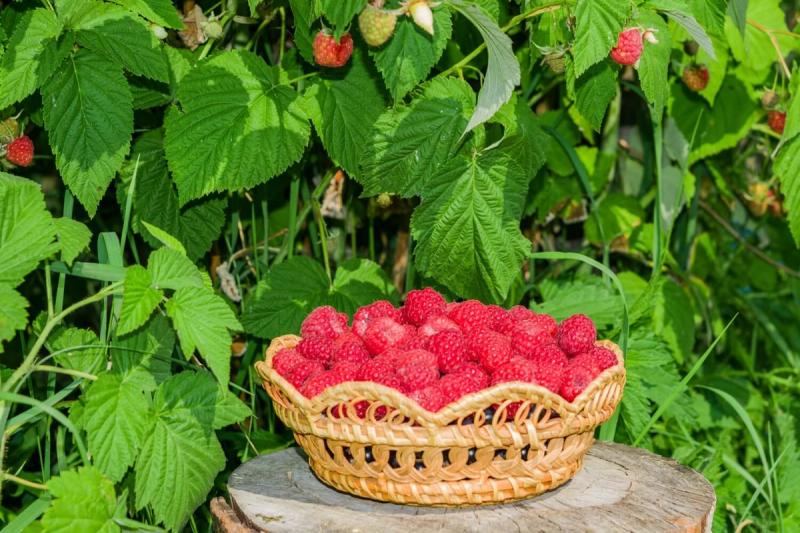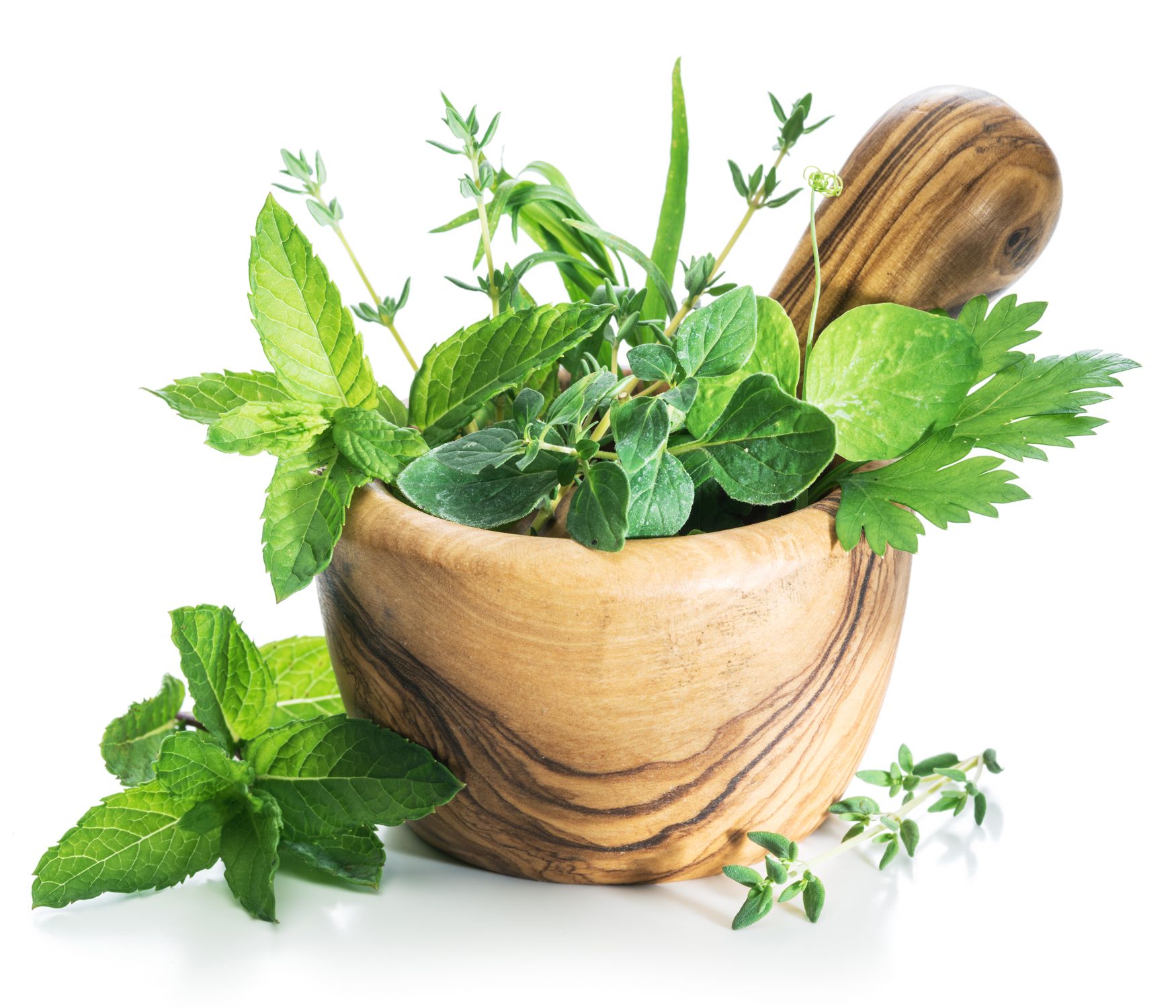Perennials: The Gift That Grows
Deep Roots & Lasting Harvests


With just a little effort this spring, you can set yourself up for years of abundant harvests, improved soil health and reduced maintenance, all by planting perennials.
Perennials like asparagus, rhubarb and berry bushes keep coming back season after season, providing reliably delicious harvests while also enriching your land. Their deep roots stabilize soil, minimize erosion and create healthier growing conditions every year.
By choosing perennials now, you’re making an investment in your acreage that will pay off for seasons to come.
Perennial Superpowers
The deep and extensive root systems established by these enduring plants and shrubs help bind soil particles together, reducing the risk of erosion from wind and water. Unlike annual crops that require replanting each year — which disturbs the soil — perennials hold soil in place year-round, making them particularly valuable on slopes or areas prone to runoff. Their deep roots also help break up compacted layers of soil and improve drainage.
Perennials also add organic matter to the soil every year when they shed roots and leaves that decompose on the ground, improving soil structure, increasing moisture retention and providing food for beneficial microbes. As the plants cycle through growth and dormancy, their decaying roots create channels for air and water movement, enhancing overall soil aeration.
These special plants also act as “nutrient miners,” pulling essential minerals from deep within the soil and redistributing them to the surface when their leaves decompose. Some perennials, like comfrey and legumes, are especially effective at making phosphorus and nitrogen more available, reducing the need for synthetic fertilizers.
Other creatures on your land profit from perennials, too, like beneficial fungi, bacteria and earthworms in the soil and above-ground organisms like insects and pollinators.
Get Ready for Future Harvests With These Perennials
Asparagus is a rewarding perennial that can produce for 15 to 20 years, once established. It has deep roots that improve soil structure and aeration requires minimal inputs, reducing fertilizer and water needs over time.

Tips for Successful Planting
- Choose a well-drained location with full sun.
- Plant crowns in trenches about 6 to 8 inches deep, spacing them 12 to 18 inches apart.
- Avoid harvesting in the first two years to allow the plant to strengthen.
Rhubarb: A Resilient and Versatile Crop
Rhubarb is a hardy perennial that thrives in cooler climates and requires little maintenance once established. Its broad leaves provide natural ground cover, reducing weed growth and moisture loss. Once mature, rhubarb is highly drought-resistant, making it both resilient and a low water user on your acreage.

Tips for Successful Planting
- Select a sunny or partially shaded location with well-drained, fertile soil.
- Plant rhubarb crowns in early to mid-spring, spacing them 2 to 3 feet apart.
- Water consistently during the first year to encourage strong root growth.
Berry Bushes: A Sweet, Sustainable Investment
Berry bushes like blueberries, raspberries
and blackberries provide delicious fruit while improving biodiversity by supporting pollinators and beneficial insects. Their root systems prevent soil erosion, and mulching around them enhances soil organic matter, leading to better moisture retention and fertility.

Tips for Successful Planting
- Select berry varieties suited to your climate and soil conditions.
- Space bushes appropriately — blueberries need about 4 to 5 feet, while raspberries and blackberries require more room to spread.
- Mulch around the base to retain moisture and suppress weeds.
Comfrey: A Multi-Purpose Powerhouse
The wildcard in this list is comfrey, an invaluable perennial for homesteads that’s known for its deep roots, rapid regrowth and multiple uses in soil enrichment, animal forage and medicinal applications.
Comfrey is a dynamic accumulator, drawing up essential minerals like potassium and phosphorus to enrich the soil. Its nutrient-dense leaves can be used as green manure, a compost booster or turned into liquid fertilizer, known as “comfrey tea.”
Bonus: It also attracts pollinators with its nectar-rich flowers and can even serve as a supplemental livestock forage when fed in moderation.
Tips for Successful Planting
- Plant comfrey root cuttings or crown divisions in well-drained soil with full to partial sun.
- Space plants 2 to 3 feet apart, as they spread vigorously. Consider choosing Bocking 14 varieties of the plant to prevent unwanted seeding.
- Harvest leaves multiple times per season by cutting them back to the base to encourage regrowth.
Plant This Spring, Harvest for Years
Spring is the perfect time to establish new perennials on your acreage. But before planting, don’t forget to:
- Test your soil to determine pH levels and nutrient needs.
- Prepare planting beds by loosening the soil and adding compost for improved fertility.
- Choose disease-resistant varieties suited to your growing zone.
Water thoroughly after planting to help young roots establish.
Start planting perennials this spring to enjoy seasons of effortless harvests, healthier soil and a thriving landscape. A little effort now will ensure fresh asparagus, juicy berries and lush rhubarb return every year.
Tags:Garden & Landscape

Acreage Life is part of the Catalyst Communications Network publication family.















